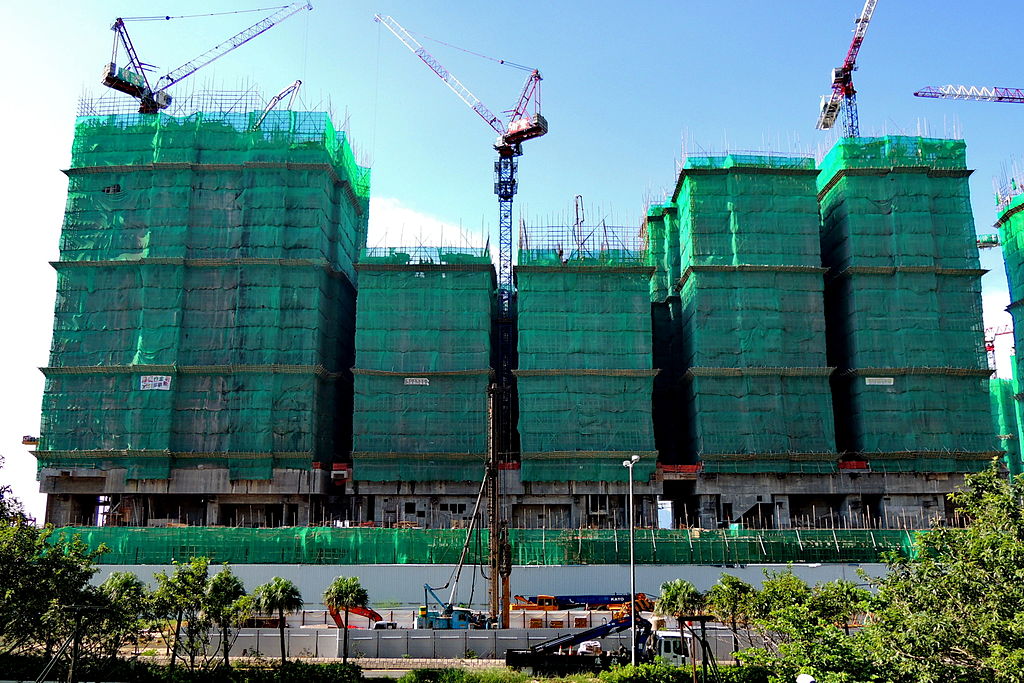Last week National Geographic magazine’s official Facebook account re-upped a year-old article of theirs on a photo series exploring Hong Kong’s infamous coffin homes. It was a harmless, well-written piece with one misleading line: “With a population of nearly 7.5 million and almost no developable land remaining, these people get by in illegally subdivided apartments so small that they’re called ‘coffin cubicles.’”
Unfortunately, they decided to run with this one problematic line for the post’s description, giving their over 21 million fans the impression that these living conditions were the result of overpopulation and land shortage.
The comments that followed were as dehumanising as they were ignorant, calling for a “cull” of Hong Kong’s population or the introduction of a new One Child Policy—ironic for a place with one of the world’s absolute lowest birth rates.

It was also ironic and disappointing to see the National Geographic, who cover environmental issues admirably, frame the deplorable living conditions some Hong Kong people are driven to in the exact same terms as our unelected government, which pushes for the destruction of our country parks and incredibly costly reclamation projects that devastate the marine environment—instead of building more affordable housing on readily available land hoarded by the superrich.
None of this is inevitable: it is the intentional result of long-running collusion between government and real estate oligarchs who wield an enormous amount of power and influence in the city, the world’s second-most unequal with a Gini coefficient last year of 0.539.
The richest men in Hong Kong are invariably part of the landed aristocracy. The most financially powerful conglomerates in the city are all landowners and developers.
Because of the huge amount of power wielded by property developers and Hong Kong’s ongoing lack of any competition laws, they have also created a closed system that compels people to funnel more and more of their earnings into their hands.
Cheung Kong Holdings and Sun Hung Kai Properties, for example, own outright or have controlling stakes in an all-encompassing portfolio of companies. These include monopolies or duopolies in gas and electricity, public transportation, supermarkets and drugstores, telecommunications companies, and other sectors that represent daily necessities for Hong Kong people.
Alice Poon, in Land And The Ruling Class In Hong Kong, accurately labels this a feudalistic system.

Hong Kong’s political elite, meanwhile, are the protectors of these aristocratic families’ interests, working together to exploit the city’s common people. Allowing monopolies and duopolies to operate unchallenged is one part of this, but ultimately it all comes back to an official high land price policy.
Since the first land auction under the British in 1841, Hong Kong, as a free trade port with very low taxes, has always relied on land sales and lease transfers to fill the government coffers, which now boast fiscal reserves of over $1 trillion.
The government’s tendency to prop up prices by clamping down on land and public housing supplies, for example by indefinitely suspending the Home Ownership Scheme, in effect hands more market power to already immensely powerful developer conglomerates at the expense of the lower-income classes’ pressing housing needs.
Higher land prices lead to higher property prices and rents; higher property prices and rents push up consumer prices generally; higher property and consumer prices give rise to expectations of still higher land prices. It’s a perpetual feedback loop that makes the richest richer and everyone else poorer.
To this end, the ruling class—with government backing—exploits unjust land and housing policies and an absence of competition regulations to the detriment of ordinary citizens. This is hardly surprisingly under the current political system, in which the Chief Executive and a decisive portion of Functional Constituency seats in the legislature are elected by a “small circle” composed of the territory’s economic elites.
While the government lazily pushes the line that Hong Kong is simply “out of land,” there are also about 1,200 hectares of underused brownfield sites that could easily be developed—and that’s just the tip of the iceberg. Property developers are also holding onto “land banks” of over 9,000 hectares that they ensure go unused simply to keep supply low and prices artificially high.
In the New Territories, meanwhile, a bafflingly archaic system introduced by the British to placate unruly villagers sees male (and only male) residents given the right to build small houses for themselves, resulting in swathes of low-density, inefficient housing that is often illegally sold as countryside villas for the wealthy.

Astronomical land and property prices have also seen moneyed mainland Chinese buying up flats as investments to get their money out of the volatile mainland and then leaving them idle. Nearly 44,000 homes lie empty in Hong Kong for this reason, while developers sit on another 9,500 homes just waiting for property prices to rise even more before putting them on the market.
The rot at Hong Kong’s core that presents these ugly images to the world is not the product of our fecundity nor our lack of land.
It may seem like an obvious conclusion to those who know and care about this city, but let this little incident serve as a reminder never to let anyone, at home or abroad, blame Hong Kong people for calamities of which they are the victims, not the perpetrators.
